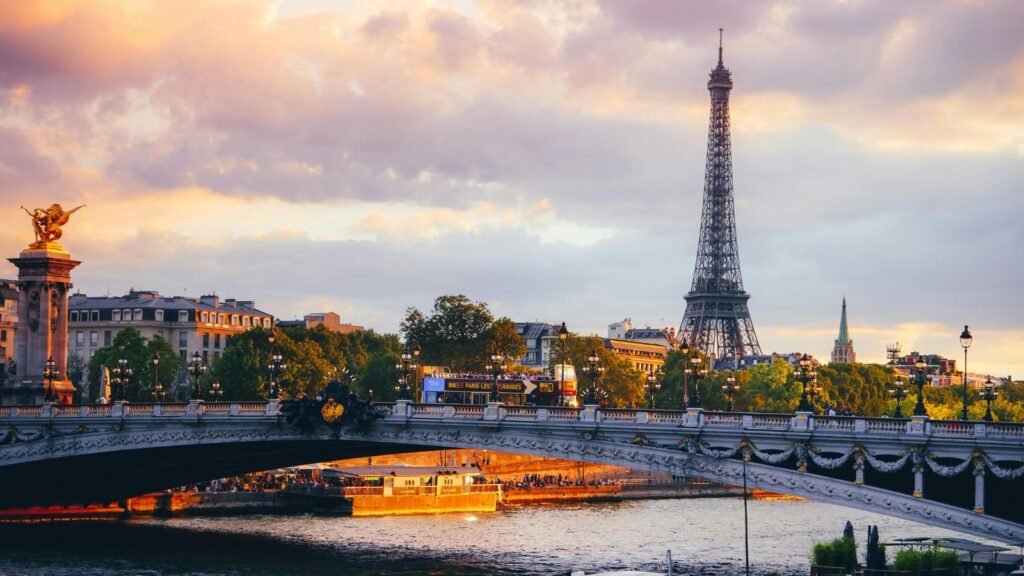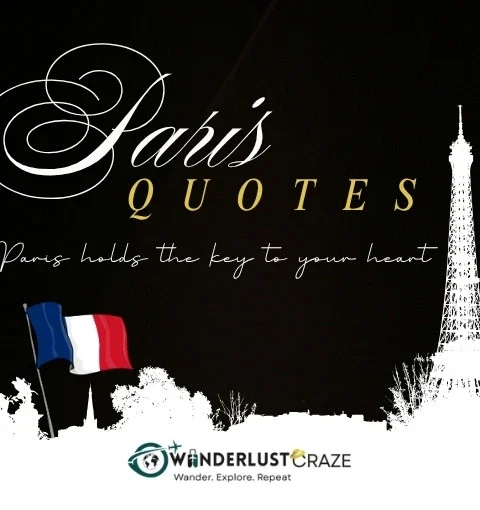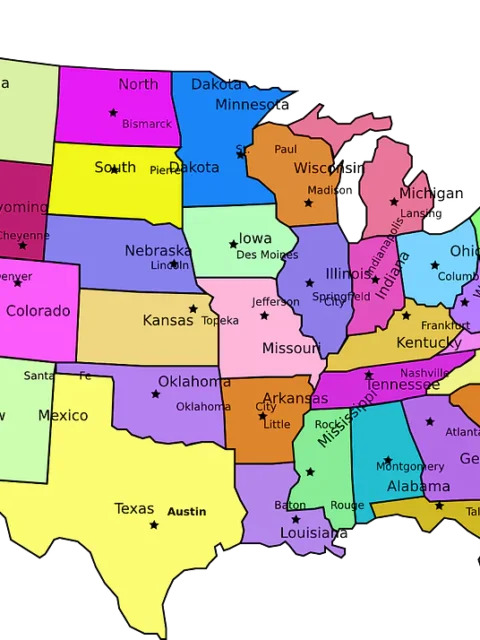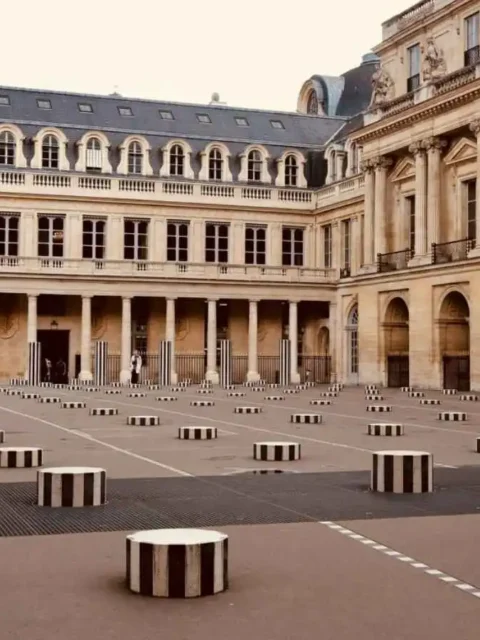Why is Paris Called the City of Light | Reasons to Know!

Paris is a stunning city, brimming with timeless beauty, historical architecture, and rich culture, that entices visitors with its uniquely romantic charm. From the iconic Eiffel Tower that twinkles at the top of every hour to the romantic Seine River where couples can enjoy romantic dinner cruises, there’s much to explore in this stunning city.
One thing that many people don’t know about Paris, though, is why exactly it is nicknamed the City of Light, or Ville Lumière in French. To uncover this aspect of Parisian culture, as well as some romantic ways to experience the city of light, let’s take a dive into its history, cultural influence, and dazzling illuminations.
The Origins of Paris as the “City of Light”
There are multiple reasons Paris became known as the city of light, from illuminating ideas by great philosophers to literal artificial light sources being placed throughout the city. Let’s take a look at some facts that explain why is Paris the city of lights.
Philosophy and Revolutionary Ideas
The name “Ville Lumière” dates all the way back to the 18th century, during the Age of Enlightenment. At this time, Paris was a bustling hub for individuals with intellectual and artistic prowess, attracting philosophers, writers, scientists, and creatives who wanted to spread their revolutionary ideas. Notable philosophers, including Voltaire and Rousseau, were popular figures at this time, and thanks to them, Paris became a notable destination for knowledge and progress.
Street Lamps
The nickname “city of light” also has a more practical origin, giving it somewhat of a dual meaning. In 1667, Paris became one of the first cities in the world to install street lights, with thousands of lanterns being placed along the streets, across bridges and around squares to help improve safety and reduce crime rates.
Artificial Lighting
Beyond these historical reasons, Paris has continued to uphold its nickname as “the city of light” thanks to being a pioneer in gas street lighting in the 19th century.
In 1889, the world was introduced to the infamous landmark, the Eiffel Tower, which was a true showcase of electric lightning technologinfrom the time. In 1910, the Paris Motor Show witnessed the first public display of neon lighting, further solidifying Paris as being synonymous with illumination.
The Eiffel Tower Sparkles at Night
When you think of Paris as the city of light, one of the first things that comes to mind is the way that the Eiffel Tower sparkles with lights at the top of every hour.
Adorned with 20,000 bulbs that sparkle for 5 minutes each hour, the Eiffel Tower has been a truly dazzling display of lighting in Paris since this update in 1985. A must-see attraction for many, the beautiful lights on the tower draw millions of visitors to witness it’s sparkle every hour. It is typically viewed from Jardins du Trocadéro, one of the best parks in the city for an Eiffel tower view at night.
That said, it’s not just the Eiffel Tower that sparkles. Other stunning landmarks that are popular on Paris itineraries also light up, including the Avenue des Champs-Élysées, Sacre-Cœur Basilica, and the infamous Notre-Dame Cathedral.
Is Paris the City of Lights or Love?
When it comes to Paris’ most popular nickname, many people often get confused and wonder whether it is more commonly referred to as the city of light, or the city of love. In short, both nicknames are pretty much equally as popular.
‘The city of light’ or ‘Ville Lumière’ is used as a nickname in contexts discussing Paris’ in a cultural or historical sense, particularly on occasions when discussing either the actual part that light played in Parisian history, or when discussing philosophy or French science.
Alternatively, Paris is often referred to as the city of love when discussing the romantic atmosphere of the city, it’s many popular and beautiful landmarks, and it’s charming cafes. This is the nickname tourists most often see when planning their trips to visit Paris for the first time.
Does Paris Have any Other Nicknames?
Paris has a selection of nicknames that visitors and locals alike often refer to it as, with each of its many popular nicknames reflecting a different aspect of Paris’ rich and varied culture, global influence, and identity.
While “City of Light” is the most famous, Paris has accumulated numerous other nicknames over the years:
- The City of Love: As we mentioned before, Paris is also commonly referred to as the city of love, thanks to its one-of-a-kind, charming, and romantic atmosphere.
- Paname: Less commonly known by tourists, Paname is a slang term for Paris, as used by
- Parisians.Lutèce: The ancient Roman name that refers to what is now known as the city of Paris, the city is still commonly referenced as Lutèce in literature and historical culture.
- The Fashion Capital: In pop culture and the media, Paris is often referred to as the fashion capital, thanks to it being the home of many outstanding and infamous luxury brands, including the likes of Chanel and Louis Vuitton. Be sure to pack light when planning a trip here if you’re a fashion fan!
Is Paris the Only City of Light?
Despite the nickname being so unique, you may be surprised to find out that, actually, Paris isn’t the only city with the nickname ‘The City of Light’. So other than Paris, what city is known as the city of lights?
Even though it arguably has the most famous claim to this title, there are other cities in the world that are often referred to by many who know them as the city of light. These include Las Vegas, located in Nevada in the United States, and Lyon, another city in France.











